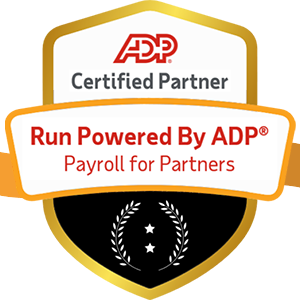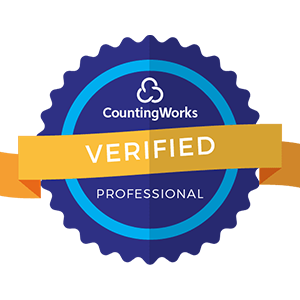
In the realm of business operations, few functions are as critical and time-sensitive as payroll. It is the heartbeat of any organization, ensuring employees are compensated accurately and on time. But what if the person responsible for managing payroll is suddenly unavailable? Whether due to illness, unexpected absence, or other unforeseen circumstances, payroll operations must continue uninterrupted. This scenario raises a crucial question for businesses: Do you have documented processes in place to manage payroll continuity?

Documented processes provide a structured approach to maintaining continuity in times of disruption. They serve as a roadmap, enabling other team members to step in seamlessly, ensuring that operations can continue smoothly even when key personnel are absent. In the context of payroll, documented processes are essential to prevent delays, minimize errors, and avoid potential compliance issues.
An unexpected absence of the payroll manager can send ripples of concern throughout the organization. However, with well-documented processes in place, businesses can mitigate the impact significantly. Here’s how:

Establishing documented processes for payroll continuity requires a proactive approach. Here are some essential steps to consider:
In the dynamic landscape of business operations, preparedness is essential for resilience. Documented processes for payroll continuity provide a framework to navigate unexpected disruptions with minimal impact. By establishing clear roles, implementing backup systems, defining communication protocols, and ensuring access to critical information, businesses can maintain seamless payroll operations—even when the payroll manager is unavailable. Investing in these processes not only mitigates risks but also safeguards the financial stability of employees and reinforces the organization’s commitment to operational continuity.


